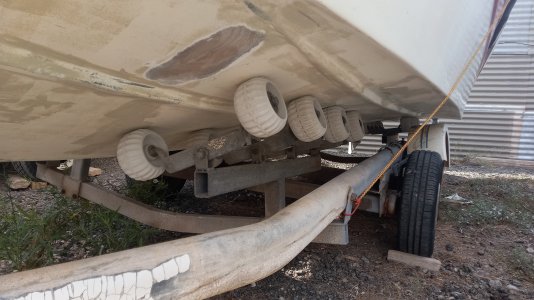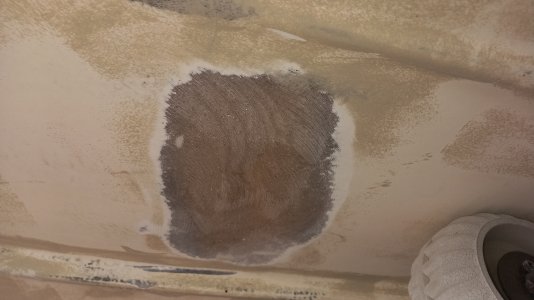Tranona
Well-Known Member
Blisters in the gel coat is just an indicator of possible osmosis. Did you have the hull surveyed with a moisture meter to determine whether the laminate is holding moisture? You really don't know without further investigation, part of which will be bursting some of the blister to see what is underneath. Many 40 year old boats have osmosis and have had the root cause from the day they were laid up because of the materials and processes used at the time. When such boats had value (20-30 years ago) it was common to attempt a "cure", but nowadays the dominant method of treatment is as described in the advice given. Break the blisters and hopefully the laminate will be dry and you can just fill. If you are doing this then it is worth using epoxy as it adheres better to old GRP (as many have said). if there is fluid inside that is some confirmation that the laminate is damp and you need to do more work to clean out before applying your filler. Having a sound "patch" is more important underwater than cosmetics.So just to clarify. Do I have an osmosis problem and would you say it is mild and it's something I need to monitor rather than treat at the moment or is it more likely that it's trapped air beneath the gel coat that was present in the manufacturing of the hull?


